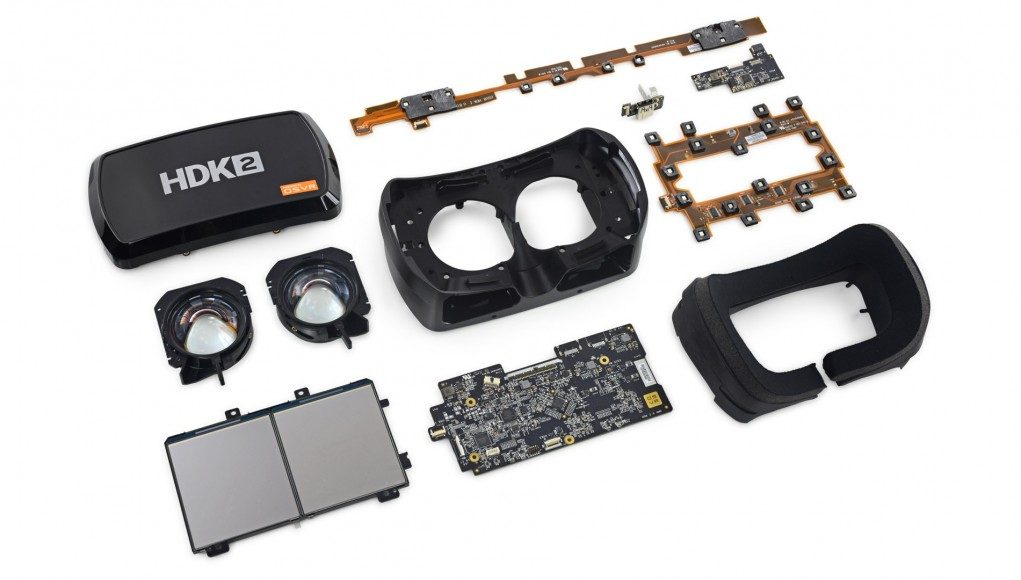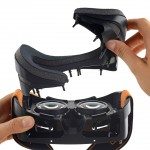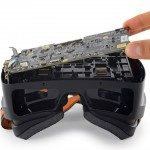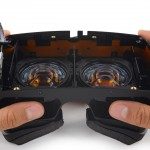The venerable iFixit has done it again: taken a brand new, perfectly good VR headset and ripped it apart for our pleasure.
OSVR’s recently launched HDK 2 headset is starting to land in the hands of eager users. iFixit has promptly opened theirs up and given it a detailed teardown to find out exactly what’s inside.
Reading through the teardown, it’s clear iFixit admired the ease of disassembly, and scored the headset 9 out of 10 in repairability—good news for a headset that is called the ‘Hacker Development Kit’. In fact, the author of the teardown points out a few bits in Step 7 that might prove useful for modders/makers/hackers:
- Empty pads look like they’re ready to accept some ZIFs, possibly for extra USB devices.
- Unused USB 3.0 connector
- Cute li’l empty 5-pin socket
- Similarly empty 10-pin header
- More empty solder pads!
The HDK2’s major improvement over the first HDK is its display which, at 2160×1200 and 90Hz, matches the resolution and refresh rate of the Oculus Rift and HTC Vive. Priced at $400 vs. the Rift’s $600 and Vive’s $800, OSVR could represent good value for those looking for a cheaper and more hackable (not to mention upgradable) VR headset.
Head over to iFixit to see the full teardown with notes and analysis of individual components used on the headset’s circuit boards.
Disclosure: At the time of writing, OSVR is running advertisements on Road to VR.










